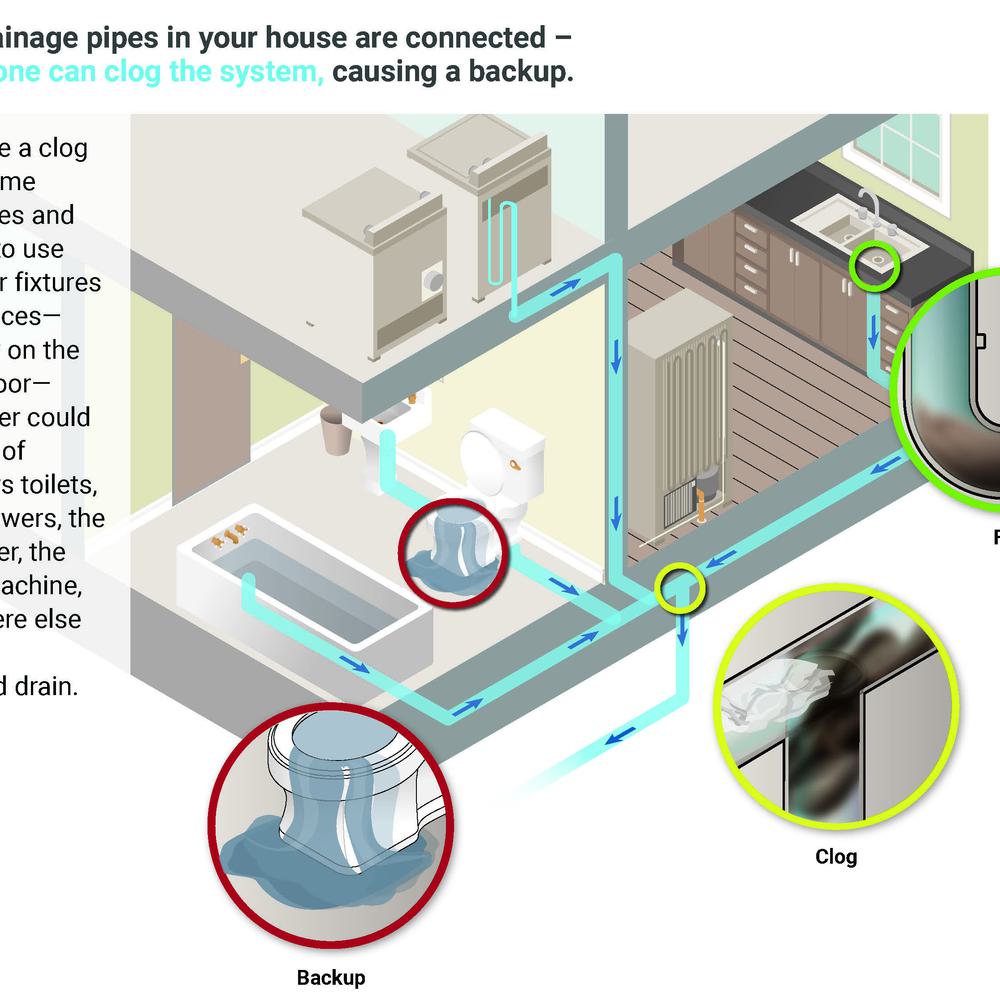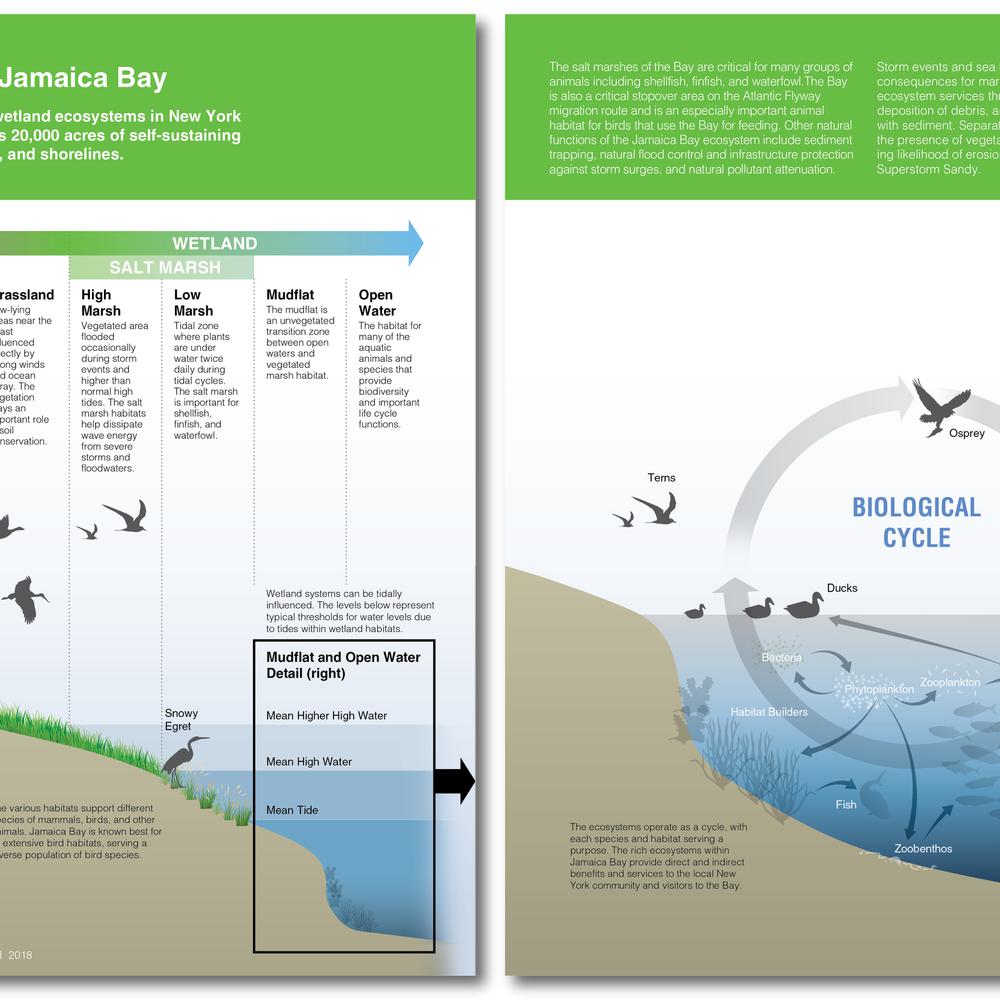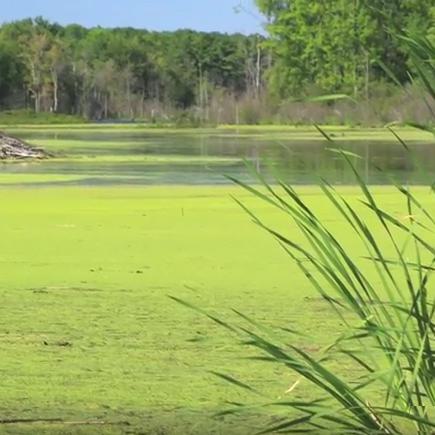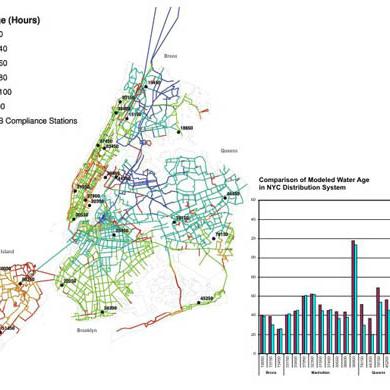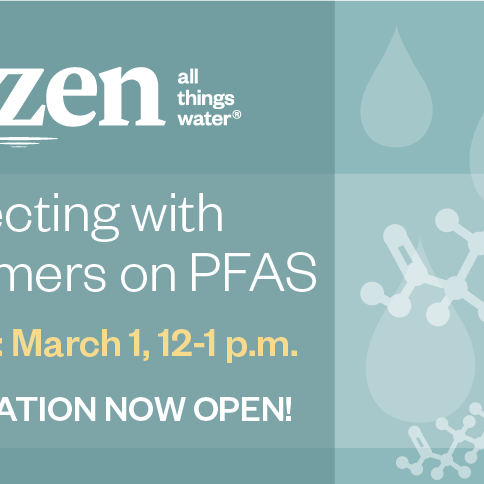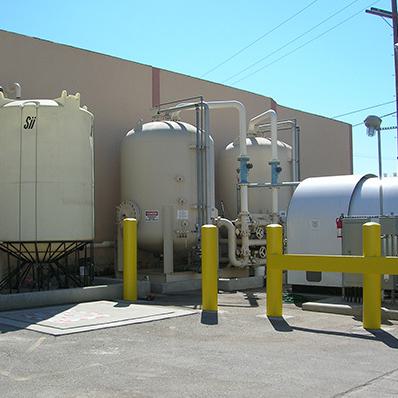Buffalo Water Quality Initiative
Getting Community Support
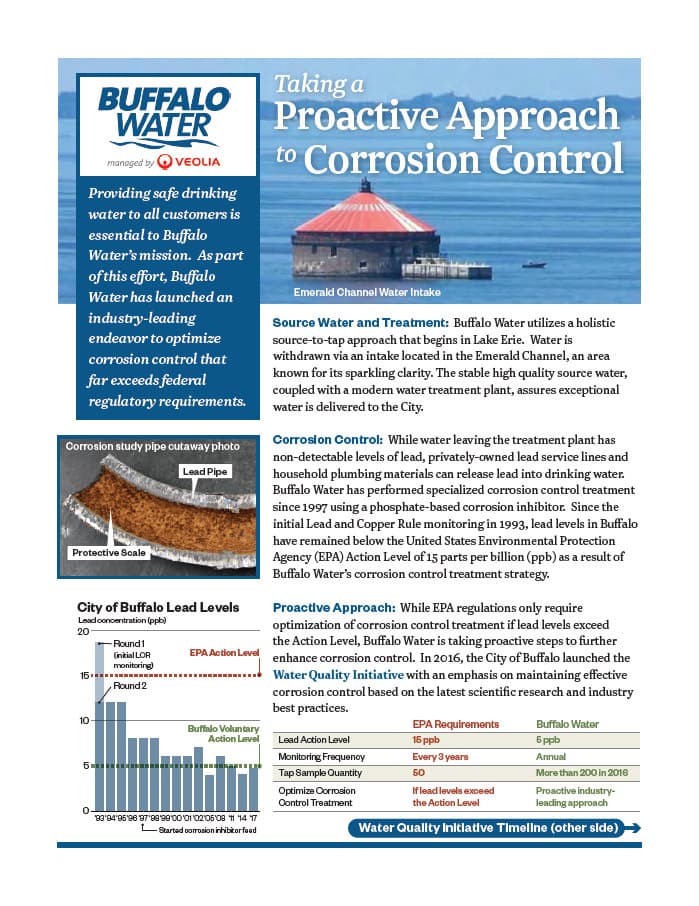
The City established a voluntary internal Action Level for lead of 5 ppb, which is more stringent than the EPA’s current limit and matches the FDA’s requirement for lead levels in bottled water.
As part of the Initiative, the City partnered with Hazen to develop a series of communication materials to highlight the improved water quality and foster a sense of program ownership in the general public.
Components of the City’s Water Quality Initiative include:
- Creation of a lead working group
- Free testing of household drinking water requested through the Mayor’s 311 Action Line
- Development of public outreach materials to raise awareness about the initiative
- Lead service line replacement
- Collaboration with local and national academic partners for a corrosion control pipe loop study and laboratory analysis of pipe scales

Jeff Neale manages communications and outreach programs that shape the narrative around environmental and public health projects.
Related Topics:
Project Outcomes and Benefits
- Historically low levels of lead and copper in City drinking water in compliance monitoring
- Creation of a flyer with an overview of the City’s Water Quality Initiative to educate the public and stakeholders on the corrosion control program
- Development of a flyer that was sent to residents to explain the importance of the sampling program and their role in it. This communication document was coupled with outreach by telephone to facilitate sample collection in City households








